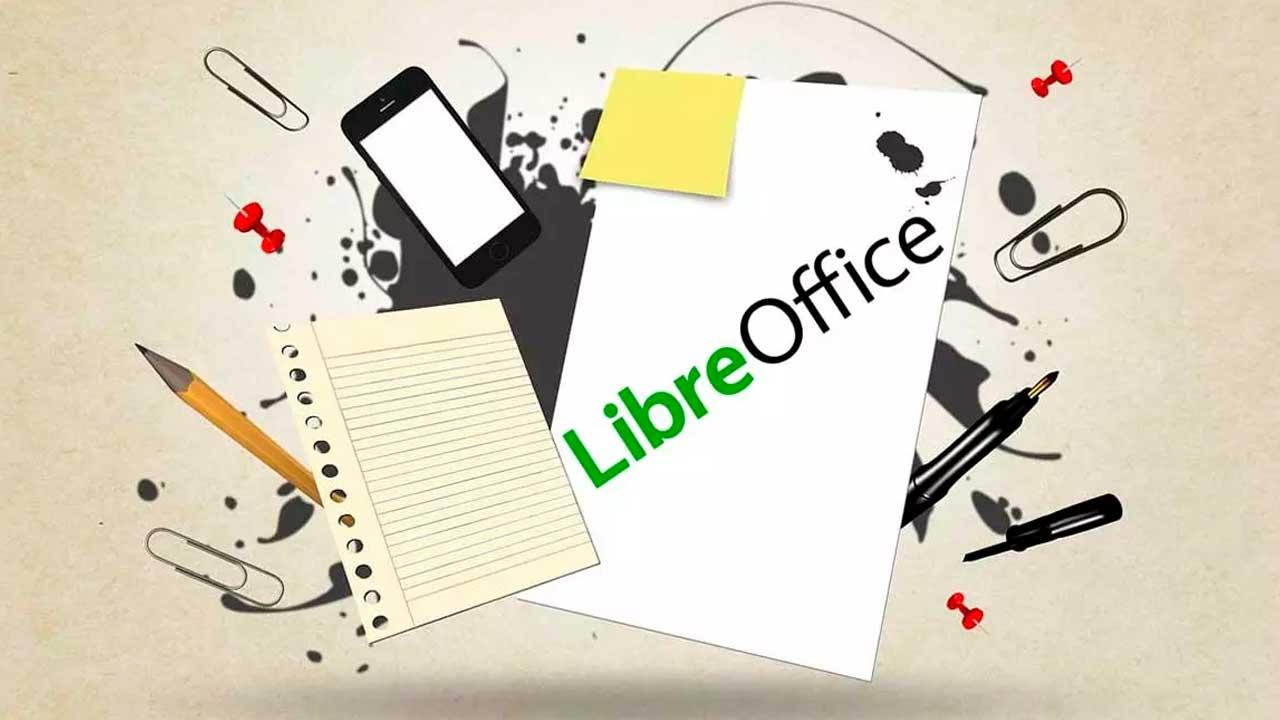The restrictions in the centers of the big cities are going to be more and more important. As of 2023, all those with more than 50,000 inhabitants will be affected, but until then some, such as Madrid, have taken the lead. Madrid Central has ceased to exist as such, replaced by Madrid Distrito Centro. This is all there is to know about her.
In the country’s capital, it has gone from a Low Emissions Zone (ZBE), which was Central Madrid, to three different ones, some more restrictive than others. These are:
-
ZBEDEP Central District: occupies the central almond, which was previously known as Central Madrid and occupies an area of 472 hectares
-
ZBEDEP Plaza Elíptica: the new ZBE located in Plaza Elíptica and surroundings, because due to the traffic that entered through the A-42 (the Toledo road) it was the most polluted area in all of Madrid
-
Madrid ZBE: located in the downtown area, it is less restrictive than the other two, but it will expand progressively year after year, increasing its extension until it occupies the entire city
The first two, according to the new Sustainable Mobility Ordinance (WHO), are called Special Protection Low Emission Zones.
Next, we are going to detail each of them, their limits and what are the cars that can access them in 2022.
Central Madrid: map and perimeter
Madrid Central 2022 (ZBEDEP Central District) groups the neighborhoods of Palacio, Embajadores, Cortes, Justicia, Universidad and Sol.
The perimeter of Madrid Central is made up of the following streets: Alberto Aguilera, Glorieta de Ruiz Jiménez, Carranza, Glorieta de Bilbao, Sagasta, Plaza de Alonso Martínez, Génova, Plaza de Colón, Paseo de Recoletos, Plaza de Cibeles, Paseo del Prado , Plaza de Cánovas del Castillo, Paseo del Prado, Plaza del Emperador Carlos V, Ronda de Atocha.
To which are also added: Ronda de Valencia, Glorieta de Embajadores, Ronda de Toledo, Glorieta de la Puerta de Toledo, Ronda de Segovia, Cuesta de la Vega, Calle Mayor, Calle Bailén, Plaza de España (the side that represents the continuation of Cuesta de San Vicente), Calle Princesa and Calle Serrano Jover.
It is not expected that the limits of Madrid Central will be extended, since this is something that the Madrid Low Emissions Zone will do, whose expansion plan has already been detailed for the coming years.
What cars can enter Madrid Central
It only allows free access to residents and people with reduced mobility in addition to security and emergency services.
For the rest of the cars, the regulations are applied according to the environmental label of the DGT:
-
Sticker 0: they can circulate freely and park in the SER zone without time restrictions.
-
ECO sticker: they will be able to enter and park in the SER zone during regulated hours for a maximum of two hours.
-
Sticker C and B: they will be able to access only when they are going to use a public car park, private garage or with a non-provisional parking reservation.
Cars without an environmental label are left out of the equation, since they are directly banned from accessing the Central District unless the owner is registered there, has a company based in the area or is used for the transport of people with mobility reduced or to take children from infant, primary or secondary school to school.
It should be remembered that the penalty for driving through Madrid Central without authorization is 90 euros, which remains at 45 with the reduction for prompt payment.
Central Madrid authorizations
One of the formulas that give us access to this low-emissions zone are the Madrid Central authorizations, which depending on their holder can be permanent, temporary or specific. Be that as it may, they can be requested three months before and up to five days later, providing the data of the vehicle in question.
In order to manage them, we have to register in the Madrid Central database whenever we are the holder of a parking space, a parking card for people with reduced mobility or we want to give permits to other vehicles.
Procedures that we can carry out as follows: Telephone 010, Virtual assistant (a ‘chatbot’ that will not only help us manage invitations, but will also inform us about the level of occupation of the car parks, etc.) and Twitter, through the profile @lineamadrid. You will have to follow the account and do the management including the hashtag #zonaMCLM.
ZBEDEP Square Elliptical
The Plaza Elíptica Special Protection Low Emissions Zone limits its restrictions to A-rated vehicles (ie without a label). The exceptions are motorcycles, mopeds and cars that are registered in Abrantes, Opañel, Comillas, Moscardó and Zofío; in addition to cars in case of company, reduced mobility and children.
The perimeter of this area is bounded by Avenida de los Poblados, Rafaela Ybarra, Manuel Noya, Santa María de la Cabeza, Antonio Leyva, Santa Lucrecia, Avenida de Oporto, Avenida de Abrantes, Calle Faro and Vía Lusitana.
Madrid ZBE
The biggest novelty in 2022 has been the introduction of a ZBE that in 2025 will occupy the entire capital. It will be applied progressively, expanding its perimeter year after year and, for the moment, the only implication it has is that cars without a label that are not residents cannot circulate through it.
The steps that have been announced are as follows:
- 2022: non-residents cannot access inside the M-30, but they can continue to use it. Residents if they can access the entire area inside it
- 2023: non-residents will not be able to use the M-30, while residents will, but access to the interior area will be prohibited
- 2024: non-residents will not be able to access the city, residents will only be able to circulate outside the M-30.
- 2025: Residents without tags will also not be able to move around any part of the city
History of Central Madrid
In 2021, this low-emission zone celebrates three years of activity, a time in which changes have occurred. Here are the most relevant milestones in the history of Madrid Central.
Central Madrid in 2018
On November 30, 2018, under the leadership of the Manuela Carmena City Council, Madrid Central entered into force. It did so progressively so that all those involved could adapt to the new city center: for this reason, in this first phase, the access controls were a test that lasted until January 2019. Thus, they did not fine, although they were Communications were sent.
Within Madrid Central, a series of modifications were carried out: the spaces reserved for motorcycles were increased, the SER Zone of the Central district became green and all the signage was installed to inform about the limits of the zone (a double red line in addition to horizontal and vertical signs).
Central Madrid in 2019
At the end of the two-month trial of the Madrid Central fine management computer system, the sanctions began to be firm. In addition, since January it was possible to carry out all the procedures electronically.
Central Madrid in 2020
The essence of Madrid Central has been maintained, although the team led by Almeida has incorporated some modifications in the accesses, in the invitations and in the perimeter:
-
Calle de los Mártires de Alcalá and Calle del Seminario de Nobles in the Princesa area: they are excluded from Central Madrid.
- Vehicles with label A: will not be able to park in the SER Zone and, only in some cases, will their access to Madrid Central be extended.
-
Merchandise vehicles, motorcycles and delivery mopeds: their entry hours are extended from seven in the morning to twelve at night.
-
Families with children in schools, institutes or nurseries of the center: their permit will allow them to circulate and park temporarily.
-
Driving school vehicles with sticker B: may not access the center under any circumstances.
-
Invitations: residents will not be able to give access to vehicles without an environmental label.
Madrid Central in 2021, the situation after the suspension
In mid-May, the Madrid Supreme Court ordered the suspension of Madrid Central. The judges ratified in this way the sentence signed by the Superior Court of Justice of Madrid in July 2020 and inadmissible the appeal presented by Ecologists in Action.
The ruling grants the Madrid City Council a maximum period of two months to stop applying the Madrid Centra restrictions, that is, until mid-July.
The council then said that its intention was to rush the deadline, with the confidence that by then the new Sustainable Mobility Ordinance will be in force and, with it, the new low-emission zones that replace Madrid Central.
Until then, there have been court rulings annulling fines from Madrid Central.










